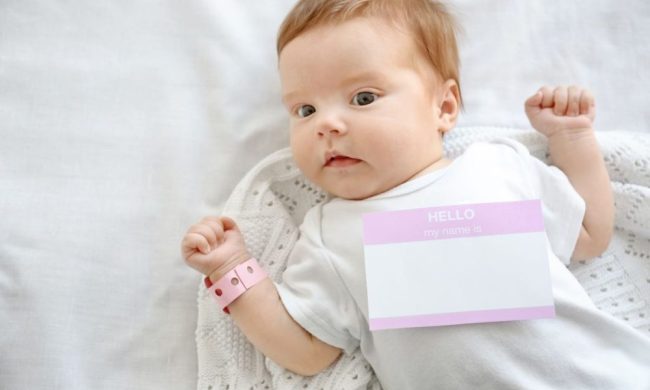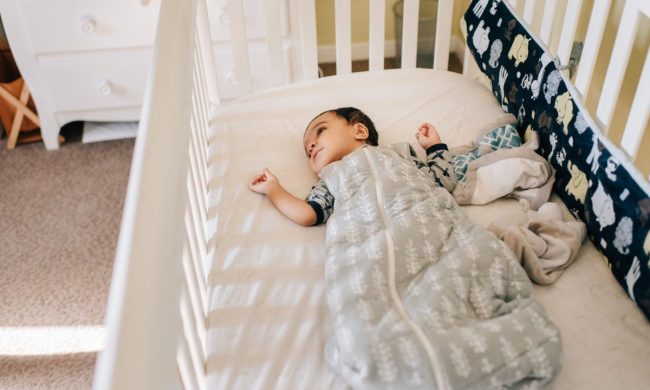The term biodegradable may sound like a great idea, but like many things in the sustainable field, the answer is more complicated than a simple “good” or “bad” label. Yes, regular wipes are terrible for our environment, clogging our water systems and taking hundreds of years to degrade. Biodegradable wipes may not be the easy fix they seem to be.
Sustainable products aren’t without their issues. Consumers must do what it takes to encourage these wipes to break down in the first place, and there’s the issue of manufacturing. We encourage you to take a closer look at the issues regarding biodegradable wipes because we aren’t sure that any wipes are the best option. Here’s what you need to know.
What’s your definition of ‘good’?
This question is serious. Just because something is less of a stress on the environment than something else doesn’t make it good. It’s just a less terrible alternative. And standard wet wipes are terrible.
Not only do standard wet wipes take a toll on the environment during the manufacturing process, but it can take more than 100 years for them to break down in the landfill. If you throw wet wipes in the toilet after use, they can clog systems and cost city maintenance big money dragging them out of water systems.
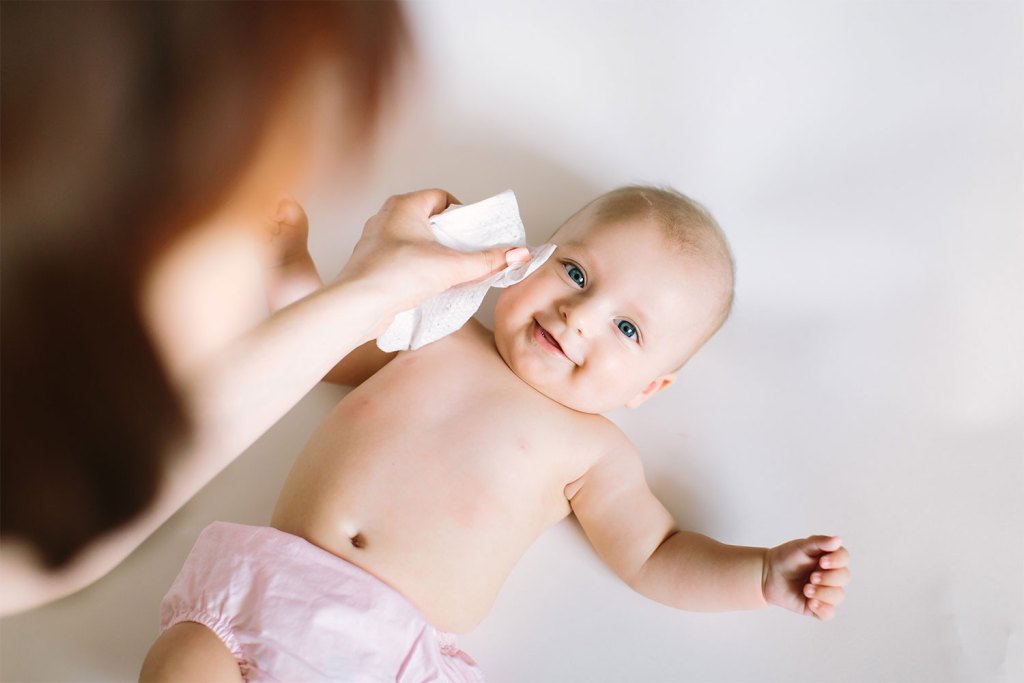
They’re also filled with tiny plastic fibers that make their way to the oceans, where they wreak havoc. So in comparison with standard wet wipes, biodegradable wipes are a good alternative.
But are they the right choice?
If you must use disposable, the most responsible thing to do is get ones that aren’t quite as terrible. Biodegradable wipes could fit that bill. However, as your primary source of cleaning, we think you might want to reconsider biodegradable wipes for these reasons.
Biodegradable under the right circumstances
Filling up our trash systems with even biodegradable waste can be a significant environmental hazard. Because of the way we dispose of our waste, it can still take a while for them to break down and, in the meantime, piles of trash clog waterways, cause pollution, and poison wildlife.
Instead, you must compost yourself to ensure that your wipes are breaking down. However, this compost isn’t your standard compost because of human waste. If your temperatures don’t reach high enough to sanitize waste, you won’t be able to use your standard compost for much more than decoration.
Manufacturing costs are high
The environmental cost of manufacturing biodegradable wipes is still difficult for the environment. The wipes must be made from sustainable and ethically sourced materials, no clear-cut forests, or exploited people.
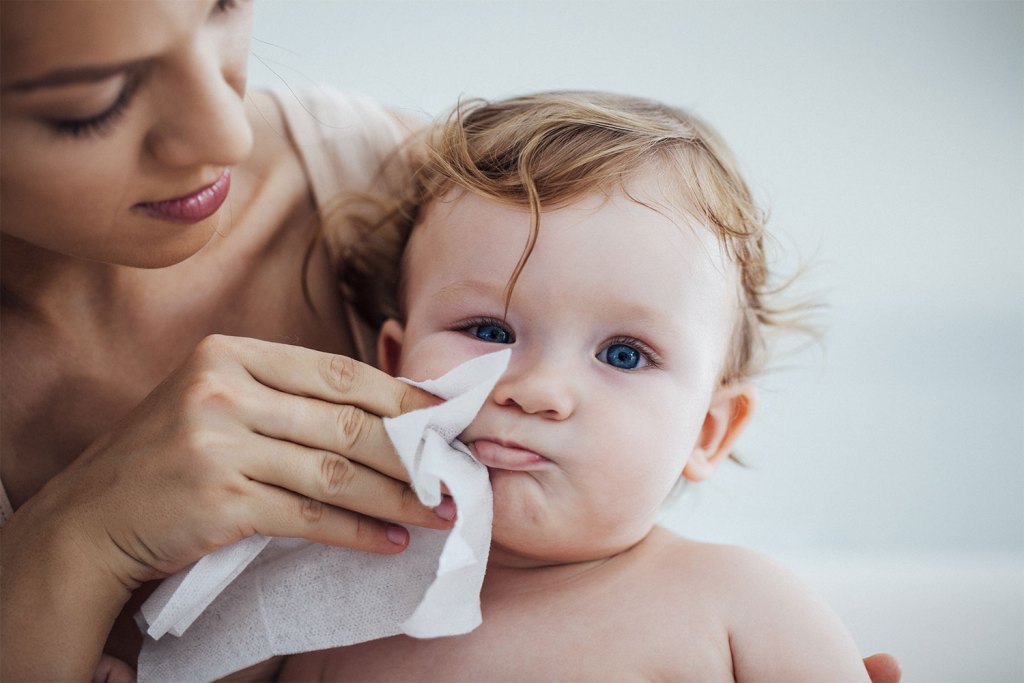
Plus, the pollution that arises from running the heavy machinery required to manufacture wipes at a large scale is enormous. Continuous manufacturing for a product that people use once and toss can take a heavy toll on the environment through the supply chain.
Biodegradable wipes clog water systems
Even if a wipe is biodegradable, it still isn’t flushable. These wipes can take up to 12 months to break down — not nearly quick enough to avoid causing serious issues with city water systems. New York recently reported around $18 million in costs to manage an influx of “flushable” wipes into their water systems, and costs like that are passed on to you.
Wipes also make their way into our rivers and oceans, wreaking havoc on wildlife. Sea turtles, for example, mistake wipes for animals they regularly consume like jellyfish, and this plastic accumulates in their stomachs.
They can still spread bacteria
Disposable wipes aren’t automatic protection against bacteria and other pathogens. Wipes have a wide variability for how effective they are at killing these organisms, so they may still not be the best thing to use.
Unless you’re using medical-grade wipes and using them correctly, you may be causing more issues than you’re helping with disposable wipes, biodegradable or not.
The best alternative to disposable wipes
Instead of focusing on biodegradable, focus on the most essential part of the reduce, reuse, and recycle portion of that childhood advice — reduce and reuse. While there are times for disposable wipes (and make those biodegradable!), reusable solutions are going to serve the environment best.
Reusable wipes are a matter of getting a sealing bag and some simple rags or cloth pieces. Add in your favorite nontoxic cleaner and take them with you. You can also invest in simple reusable wipes from the baby section of your favorite store and get a matching wipe-warmer to go with them.
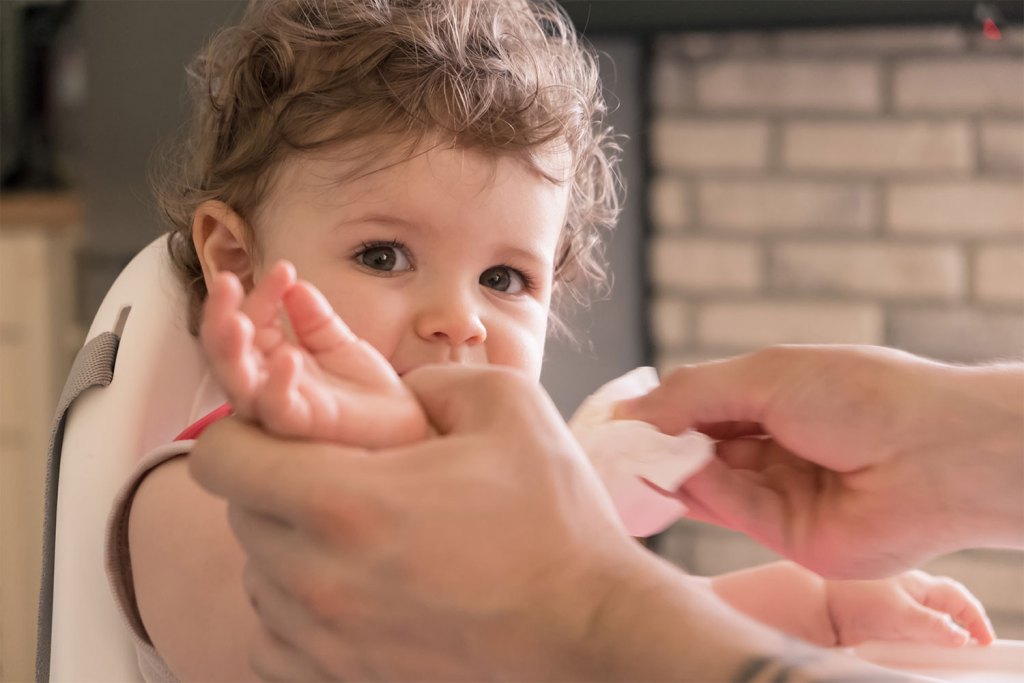
If you’re home, they can go in the same pail as your cloth diapers or in their own pail for washing later. If you’re out, carry a wet bag with you to keep dirty and clean wipes separate until you’re able to clean them.
Wash wipes in hot water to help clean them and don’t allow dirty wipes to sit longer than a day or two. You’ll save money, reduce resources, and avoid clogging waterways and polluting the environment. Plus, manufacturing costs go way down.
When you’re home or in a position to use something reusable, these are a logical conclusion to the environmental question. Take some time to explore how to perfect your reusable wipes to help cut down on disposable products in your life.
When biodegradable wipes are appropriate
In a few circumstances, biodegradable wipes can be a less heinous alternative to standard wet wipes. Instead of using them all the time, make them your emergency stash if you happen to use all your reusable wipes or you find yourself without your reusable wipes.
Medically appropriate wipes may also be better for something such as vomit or bodily fluids from children or adults with a contagious illness. Save your reusable wipes for your child’s daily care and use biodegradable options correctly for these types of situations.
The most important part of the green cycle is to reduce our reliance on single-use products and to ensure that each time we use something, we are conscious not only of the immediate consequences but the backstories and the long view as well. Only then can we build better, greener futures.

